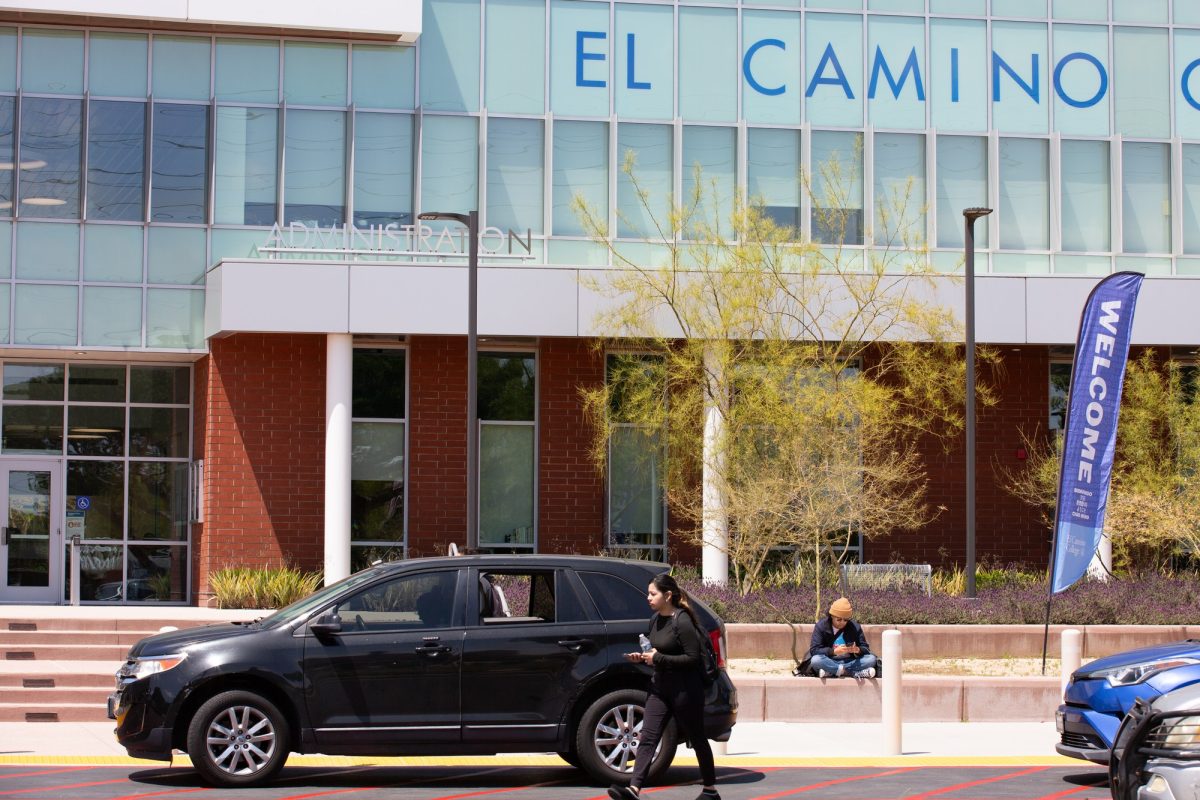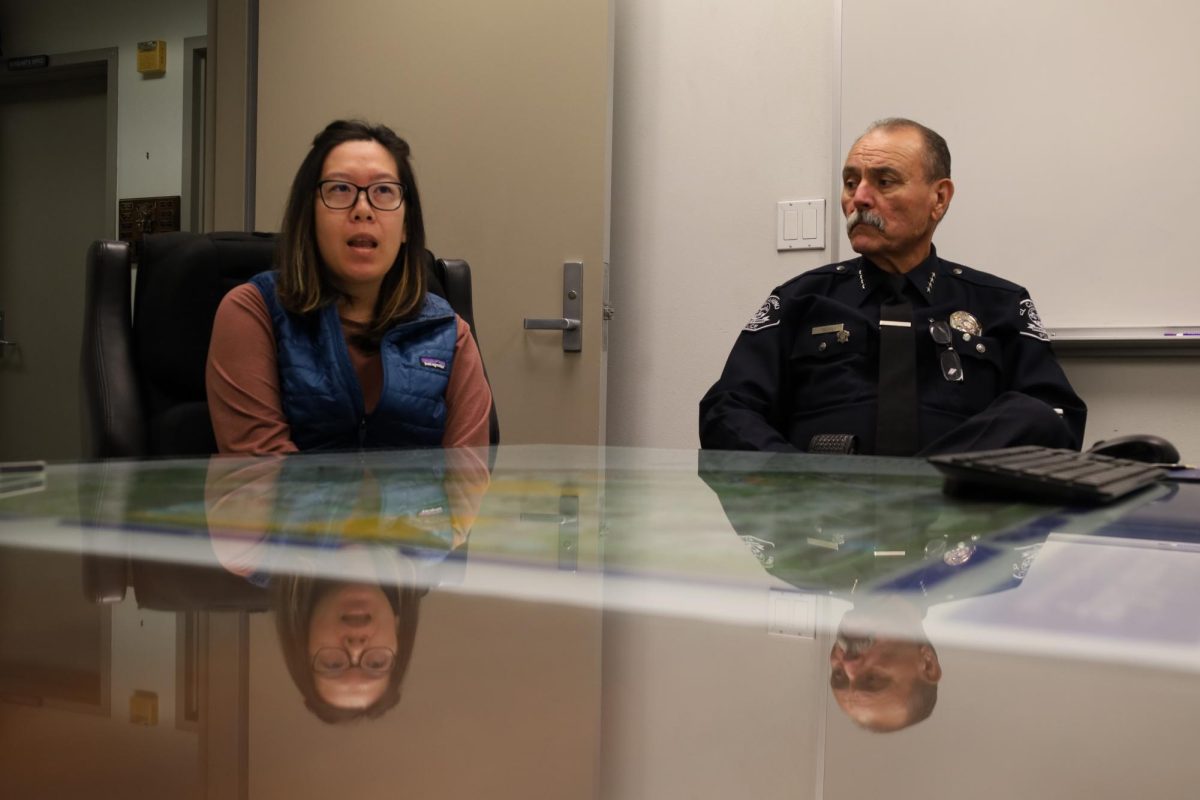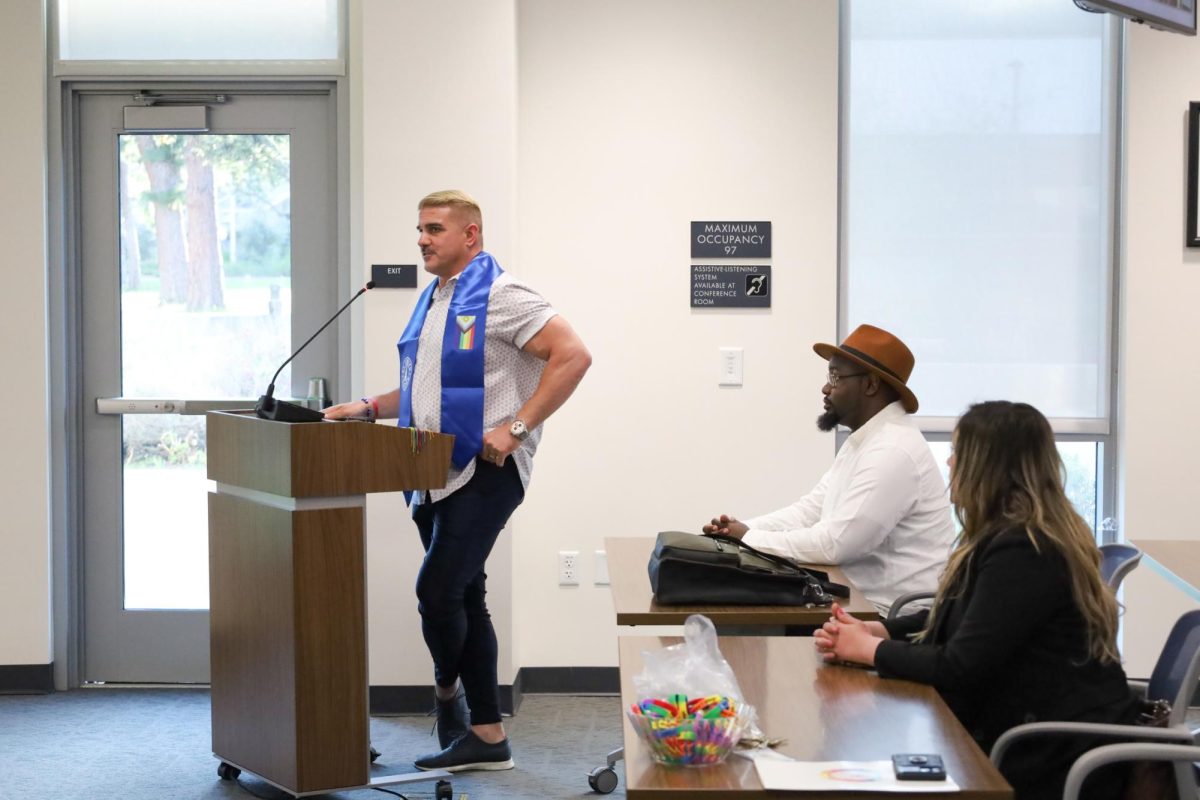Images of destroyed homes found floating in millions of pieces atop a river of gushing water, gusts of strong powerful winds and video of search-and-rescue teams lifting people out of the water were shown in millions of TV screens across the country this past week, all chronicling the extensive damage caused by Superstorm Sandy.
As people all over the country watched the storm unravel and cause mass destruction in the East Coast, it made some wonder if their own plans in case of a disaster would be enough to save them.
Unlike the millions of people on the East Coast who are enduring Hurricane Sandy’s aftermath, those living in Southern California have no way of knowing when the big-one will hit.
“We are trying to prepare as a society for disasters. In the case of earthquakes, we do not know when they are coming, unlike the warnings of hurricanes and tsunamis,” Joe Holliday, geology professor, said.
According to the Discovery website, the last big earthquake before the year 1900, was a 7.9 magnitude earthquake and hit in 1857, making that 153 years ago. This means that the next “Big One” could happen at any time.
“I’m worried of what situation I am going to face if the big one happens,” Sang Tran, 20, nursing major said. “So my family is preparing for it by saving water in big bottle containers and storing them in the garage so that when it happens we have a water supply. We also have a lot of instant food just in case it happens.”
The chance of hurricanes or tsunamis happening in Los Angeles are very low, the majority of disasters that people need to be prepared for are those that can’t be predicted.
“There is no such thing as earthquake weather. They don’t happen at a certain time during the day or when the planets align. It’s when stress builds up on the earth’s interior,” Holliday said. “Earthquakes are the only natural disaster other than an avalanche where it happens with no warning.”
The Discovery website also said that “with 37 million people living in Southern California, chiefly in the cities of Los Angeles, San Diego and Anaheim, a major earthquake could kill between 2,000 and 50,000 people and cause billions of dollars in damage.”
“In order to be fully prepared for a natural disaster, California residents need to take small precautions into consideration to ensure safety for them and loved ones,” Holliday said. “By securing household items with safety straps, ‘Quake Hold’ putty and screws and hooks, you will be spending less than $10 that may eventually save you hundreds, or even someone’s life.”
Some students admit that their lack of planning and prepardness in case of an earthquake, leaves them apprehensive.
“I am not prepared. We have emergency kits but thats about it. We don’t have canned food or bottled water at home stored,” Minkah Smith, 18, psychology major. said. “I know what we need to do to be prepared but we haven’t taken the initiative to actually get it done. I haven’t really thought about earthquakes. Looking at the news and seeing all the damages from hurricane Sandy, it scares me.”
While stores are legally not allowed to sell customers anything after a disaster for three or four days, people should make sure that each person in the home has five gallons of water and an additional supply for pets, Holliday said.
He also suggested that in situations where one cannot access water, it is best to know where to find it in one’s home.
Hot water heaters store 20 gallons of water, which is safe to use in case of an emergency.
The United States Geological Survey (USGS) is starting to raise awareness that earthquakes are not our only hazard, Holliday said.
There is a possibility of horrible floods due to El Nino or atmospheric rivers (relatively narrow regions in the atmosphere that are responsible for most of the horizontal transport of water vapor outside of the tropics), according to the National Oceanic and Atmospheric Administration.
Last month, EC practiced what to do in case of an earthquake in the annual “Shake Out” and although thousands of students participated in it and thought about the big earthquake, they still have yet to prepare for it.
“Preparing for the big earthquake is something that I keep thinking about doing, but have not really put into action yet,” Seth Daugherty, Reference Librarian, said. “After the California emergency drill that we just had, I kept thinking of it more and more.”
Other students like Joseph Bryant, 29 Business major believes that just like the Y2K or the alleged end of the world on Dec. 21 of this year, that the big earthquake might not even happen.
“With the big one, I am only worried if I will be able to survive or not.,” Bryant said. “Like other events that we had been warned before (like the Y2K scare), it is something that might or might not happen.”
According to www.news.discovery.com also said that the strong earthquakes, which are between 6.5 and 7.9 magnitude, shook the area every 45-144 years, instead of the previously established 250-400 years.And although no one knows when it can hit, the “next one” is past overdue.
Whether one believes in what they call hype or not, it never hurts to be prepared.
Those interested in finding out what to do before, during and after an earthquake can visit www.eccunion.com for more information.
-Staff Writer, Karly Daquila contributed to this story






